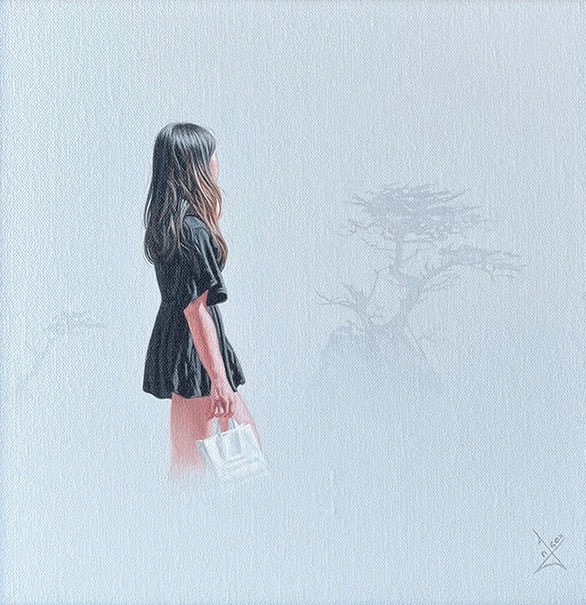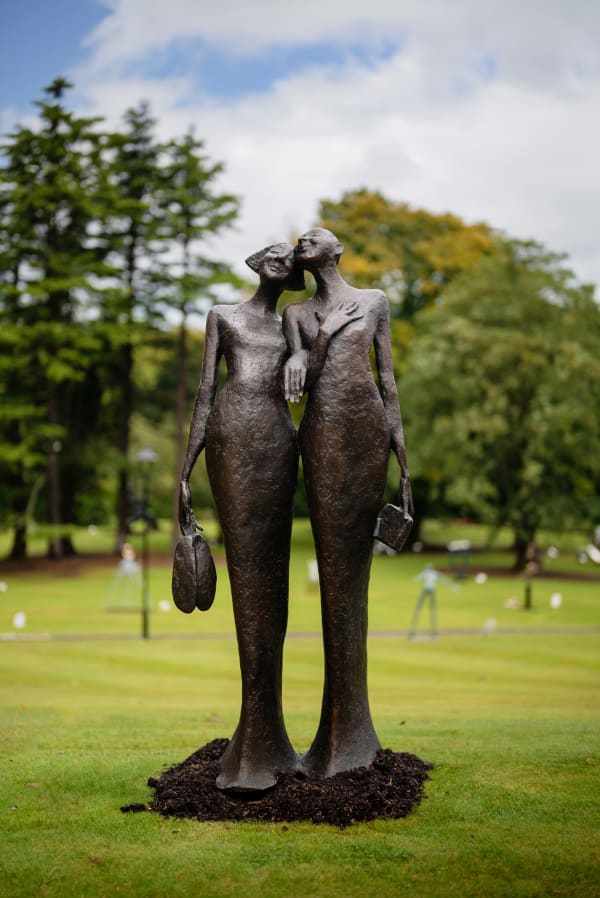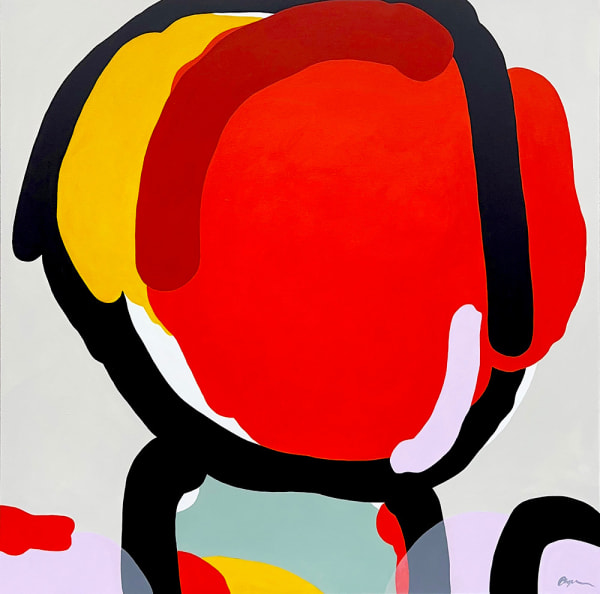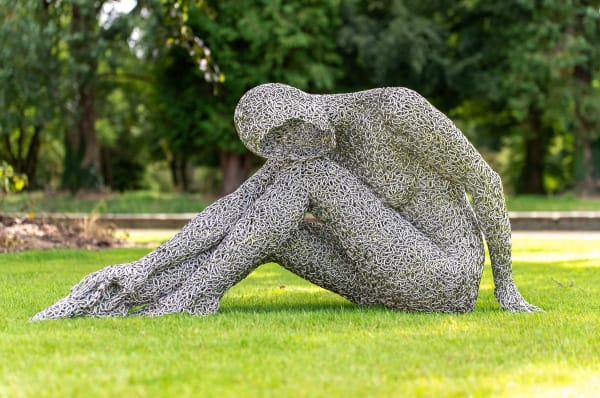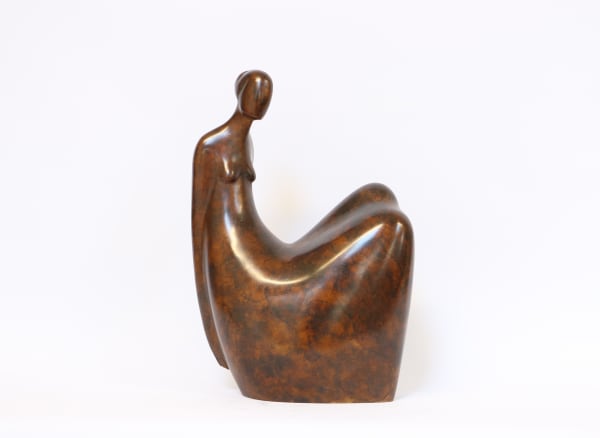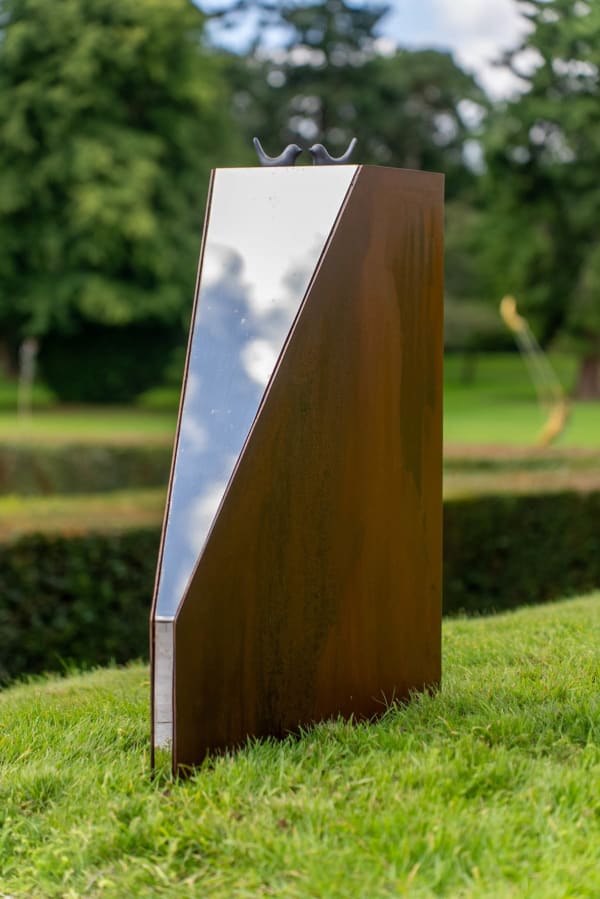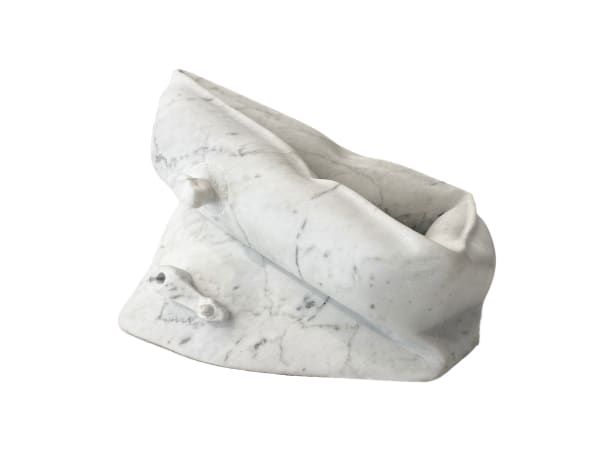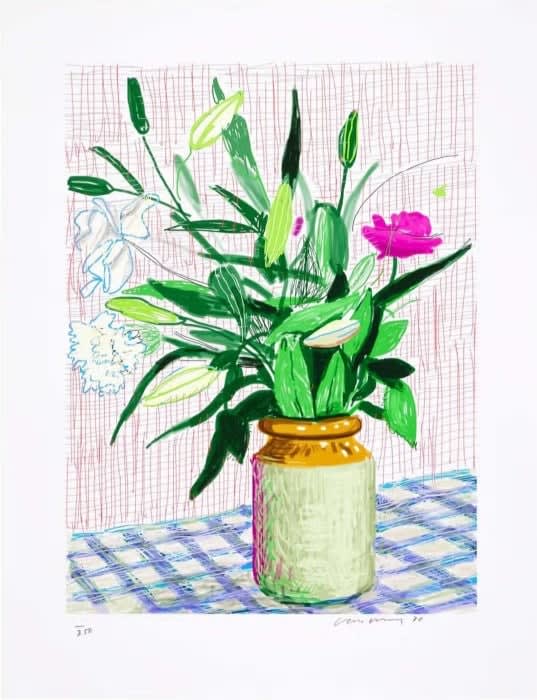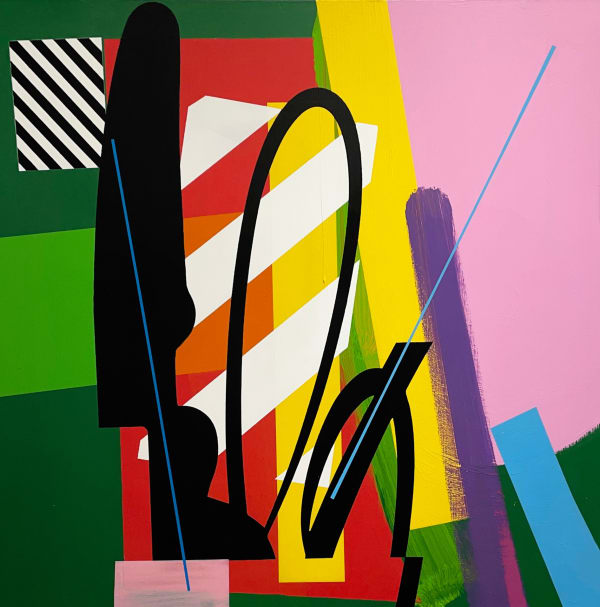-

Stephen Forbes
-

Gordon Harris
-

Peter Monaghan
-

Martin Mooney
-

Fran Mora
-

Patrick O'Reilly
-

Ian Pollock
-

John Redmond
-

Patrick Rubinstein
-

Andy Warhol
-

Giacinto Bosco
-

Eamonn Ceannt
-

Nigel Cox
-

Beatriz Elorza
-

John Fitzgerald
-

Patrick Hughes
-

Ian Cumberland
-

John Morris
-

Bob Quinn
-

Ed Williamson
-

Neal Greig RUA
-

Julian Opie
-

Banksy
-

Jenny Belton
-

Harry Brioche
-

Debbie Chapman
-

Eugene Conway
-

Salvador Dali
-

Peter Demetz
-

Tracey Emin
-

David French Le-Roy
-

Keith Haring
-

Damien Hirst
-

Coderch & Malavia
-

Joan Miró
-

Stephanie Noble
-

Alea Pinar Du Pre
-

Bridget Riley
-

Mark Rode
-

Domino Whisker
-

Grainne Dowling
-

Rebecca J Coles
-

Stephen Johnston
-

Anna Kruhelska
-

Francis Bacon
-

Alana Barton
-

Sallyann Beirne
-

Sandra Bell
-

Paddy Campbell
-

Ian Davenport
-

Seo Young Deok
-

Ana Duncan
-

Sally Anne Fitter
-

Bridget Flinn
-

Ken Hamilton
-

Simon Hayes
-

Redmond Herrity
-

David Hockney
-

Robert Indiana
-

Invader
-

KAWS
-

Roy Lichtenstein
-

Harland Miller
-

Trudie Mooney
-

Pablo Picasso
-

Victor Richardson
-

Vivienne Roche
-

Christian Schneiter
-

Anthony Scott
-

Fiona Smith
-

Christopher Stone
-

Eoin Turner
-

Xander
-

April Young
-

Paul Bennett
-

Stefano Bombardieri
-

Paul Donaghy
-

Jackie Edwards
-

Maser
-

Eileen Meagher
-

Gianfranco Meggiato
-

Paolo Staccioli












